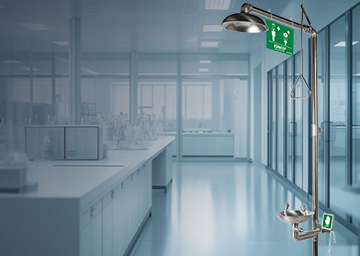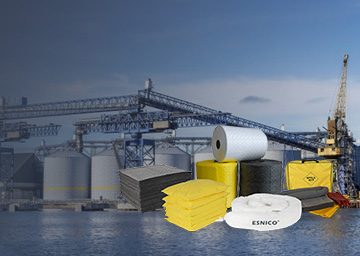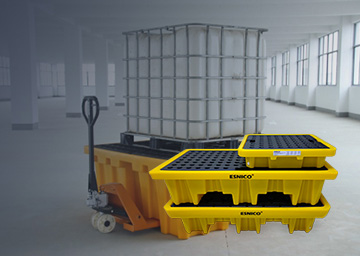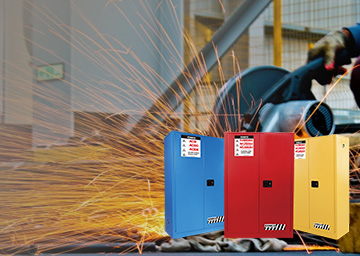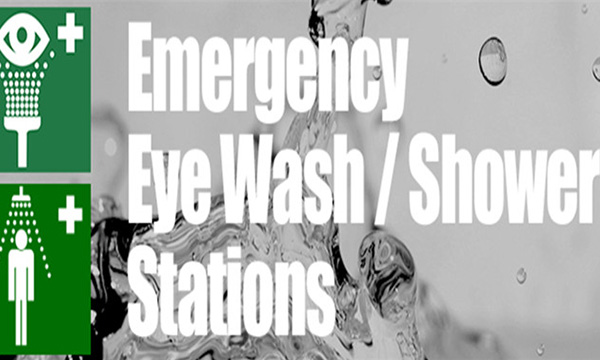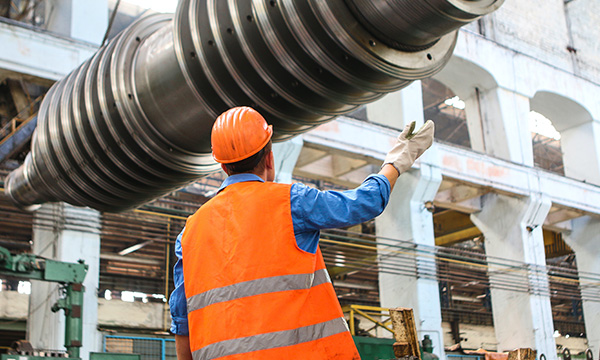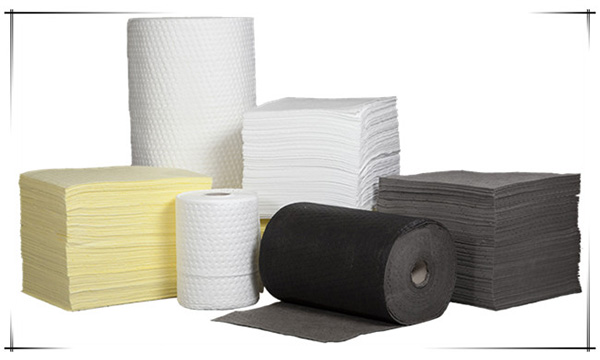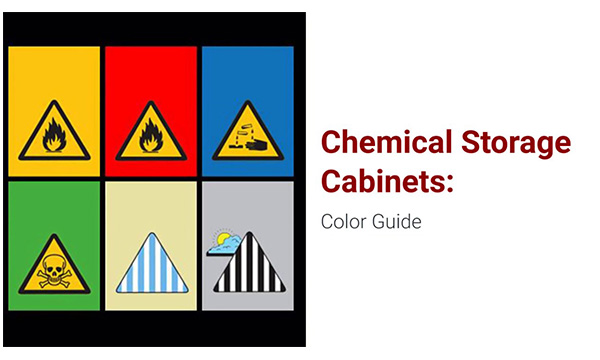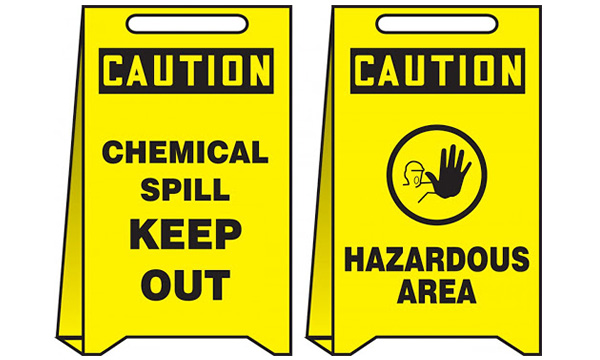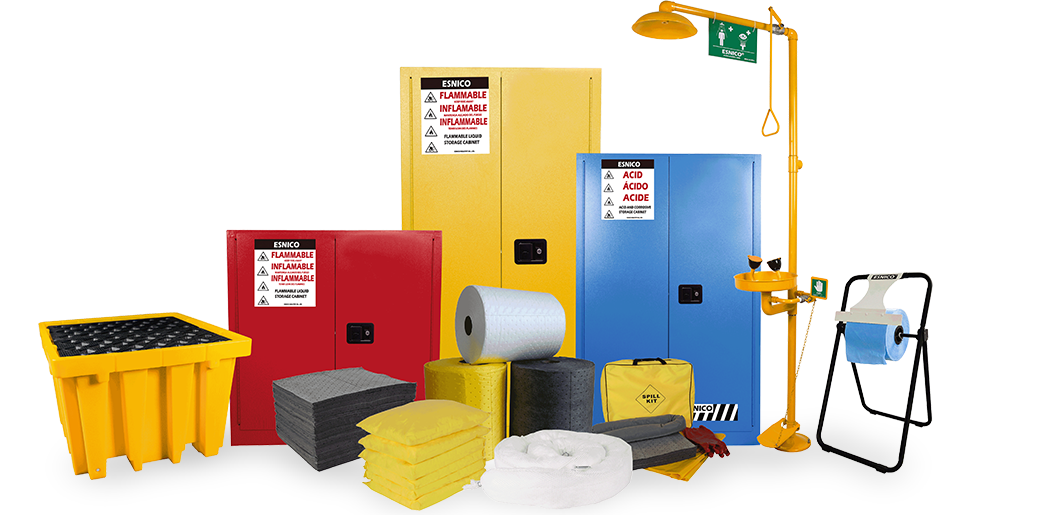This Standard specifies minimum performance and use requirements for eyewash and shower equipment for the emergency treatment of the eyes or body of a person who has been exposed to materials that may cause injuries. It covers the following types of equipment:
(a) Emergency shower equipment.
(b) Eyewash equipment.
(c) Eye/face wash equipment.
(d) Combination shower and eyewash or eye/face wash equipment.
(e) Facilities for disabled persons.
It also includes performance and usage requirements for the following supplemental
equipment:
(i) Drench hoses.
(ii) Self-contained (portable) equipment.
Large-scale multi-spray shower equipment, of the type used in major emergency response or military applications, is outside the scope of this Standard.
Where eyewash units are included in combination with such equipment, these eyewash units are within the scope of this Standard.
AS 4775:2007 COMPLIANCE CHECKLIST
Safety Shower
1. Emergency showers show be designed and located so that the bottom of the shower head is not less than 2083 mm nor more than 2438mm in height from the surface on which the user stands.
2. Shower equipment shall deliver flushing fluid a minimum flow rate of 75.7L/min for a minimum of 15 minutes.
3. The Spray pattern shall have a minimum diameter of 508mm at 1524mm above the surface which the user stands, and the center of the spray pattern shall be located at least 406mm from any obstruction.
4. The valve shall remain open without the use of the operator’s hands until intentionally closed. The valve shall be simple to operate and shall go from closed to fully open in one second or less. The valve shall be corrosion-resistant. Valve actuators shall be located not more than 1733mm above the level on which the user stands.
Eyewash or Eye/Face Wash
1. Eyewash flushing fluid nozzles not less than 838mm and not greater than 1143 mm from the surface on which the user stands and 153 mm minimum from the wall or nearest obstruction.
2. Eyewash equipment shall deliver flushing fluid to the eyes at a flow rate not less than 1.5 L/min at 210 kPa for a minimum of 15minutes.
3. Eye/Face wash equipment shall deliver fluid to the eyes at a flow rate not less than 11.4 L/min at 210 kPa for a minimum of 15 minutes.
4. The flushing fluid should cover the areas between the interior and exterior lines when the gauge is lowered not more than 38 mm below the fluid’s peak.
5. The valve shall remain open without the use of the operator’s hands until intentionally closed. The valve shall be simple to operate and shall go from closed to fully open in one second or less. The valve shall be corrosion-resistant.
Combination Units
Combination units shall be designed so all components including emergency shower, eyewash & eye/face wash can be operated individually. shall be positioned so that components may be used simultaneously by the same user.
Drench Hose
1. The supplemental equipment shall provide immediate flushing to support plumbed and self-contained equipment but shall not replace them.
2. The valve shall be simple to operate and shall go from closed to fully open in one second or less. The valve shall be corrosion-resistant.
Location / Inspection / Training
1. Emergency showers shall be positioned in accessible locations that require no more than 10 s to reach.
2. Safety shower shall be located on the same level as the hazard and the path of travel shall be free of obstructions.
3. Emergency Shower location shall be identified with a highly visible sign complying with AS 1319 positioned so the sign is visible throughout the area served by the shower.
4. Employees who may be exposed to hazardous materials shall be trained in the location and proper use of emergency shower units.
5. Plumbed shower equipment shall be activated weekly for a period long enough to verify operation and ensure that flushing is available.
6. All showers units shall be inspected annually to ensure conformance with the requirements of standard AS4775-2007.

